Design: Film / Lausanne
Keeping it reel
Switzerland’s largest cinema has reopened after a three-year renovation. We explore this living monument to the power of film.
Lausanne’s Capitole cinema has reopened after being renovated for the third time since it was built at the end of the 1920s. Switzerland’s largest movie theatre owes its longevity to its longtime owner, Lucienne Schnegg, who died at the age of 90 in 2015. An ardent cinephile from the Jura region, Schnegg was hired as the cinema’s secretary in 1949, before being appointed as its manager seven years later. When its former owner, Luxembourgian confectioner Matthias Köhn, died in 1981, he left the business to Schnegg but his children successfully challenged the bequest in court. Undeterred, Schnegg bought the lausannois institution in 1996.

The Capitole’s name in neon lights on the building’s exterior
Affectionately known as “la petite dame du Capitole” (“the little lady of the Capitole”), Schnegg ran the cinema for almost 60 years. She also worked there as a cashier, usherette and ice-cream seller. As the era of online streaming platforms took hold, she was determined to ensure that the Capitole would remain a dedicated movie theatre, rather than being redeveloped for other commercial purposes. That’s why, when she decided to sell the building in 2010, she made a deal with the city authorities to safeguard its future. The Cinémathèque Suisse, the national film archives, was brought in to manage the venture, with the mission of protecting works that are considered part of Switzerland’s film heritage, as well as the buildings in which they were shown.
The renovation has been carried out by Montreux-based practice Architecum at a cost of chf21.6m (€22.5m). “Today most of Lausanne’s 18 historic cinemas have been repurposed as bars or supermarkets,” says Marion Zahnd, one of the project’s lead architects, when monocle meets her in the Capitole’s sumptuous foyer. “We had the opportunity not only to salvage the historic building but to restore it for its original purpose.”
At first glance, beyond a 500 sq m extension, little seems to have changed. Many of the original art deco features, as well as those added during a smaller-scale renovation in 1959, have been painstakingly restored. But behind the scenes, the Capitole has received a significant upgrade. “We wanted to make the demands of modern technology work around the restored structure, rather than compromising the architecture,” says Zahnd, pointing to the state-of-the-art projection room above.
Architecum has added an intimate subterranean screening room named after Schnegg that seats an audience of 144. This complements the original 731-seat auditorium whose vast theatrical structure has remained largely unchanged since its inception. The additional room will show the works of emerging film-makers and the main screen will focus on international blockbusters.
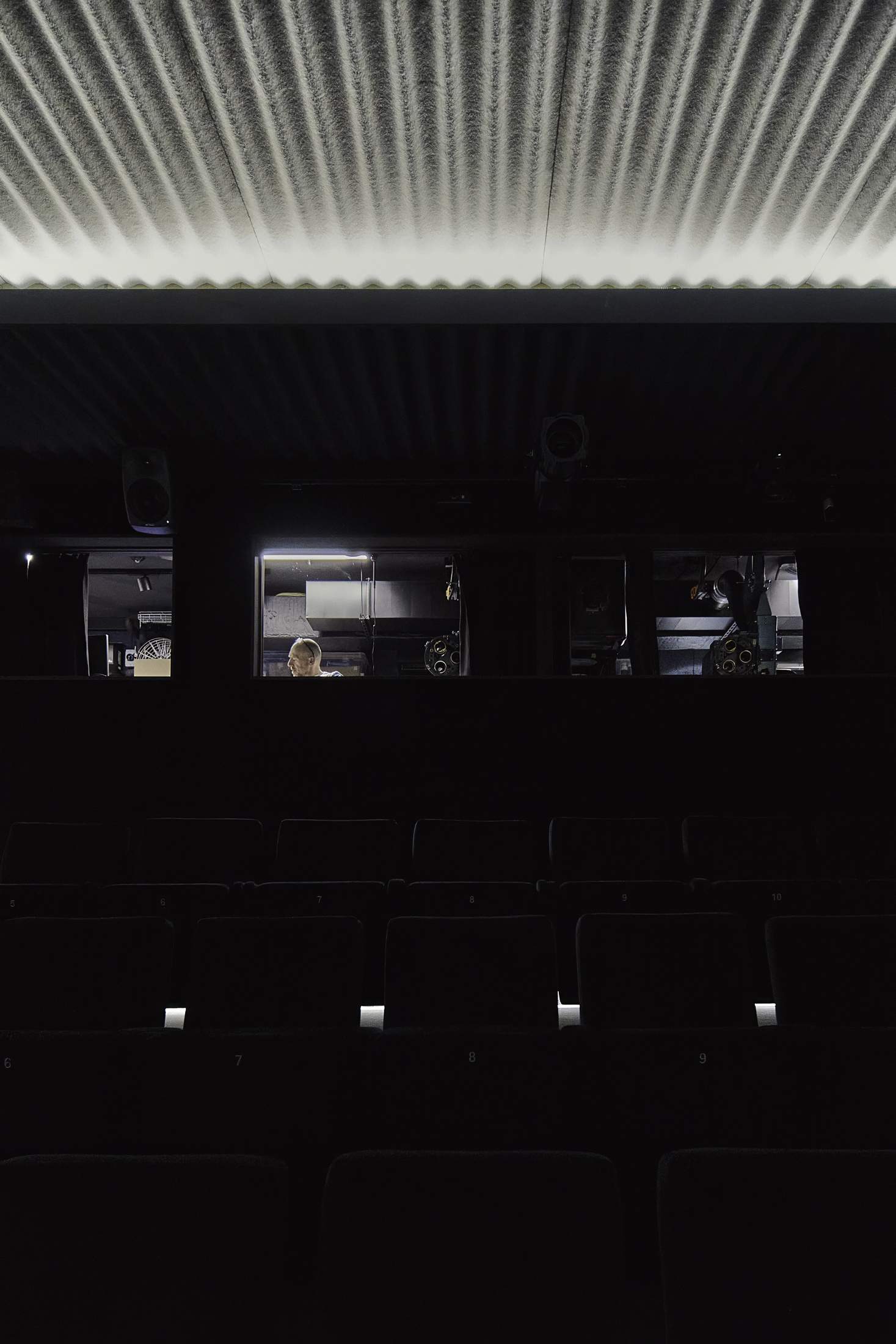
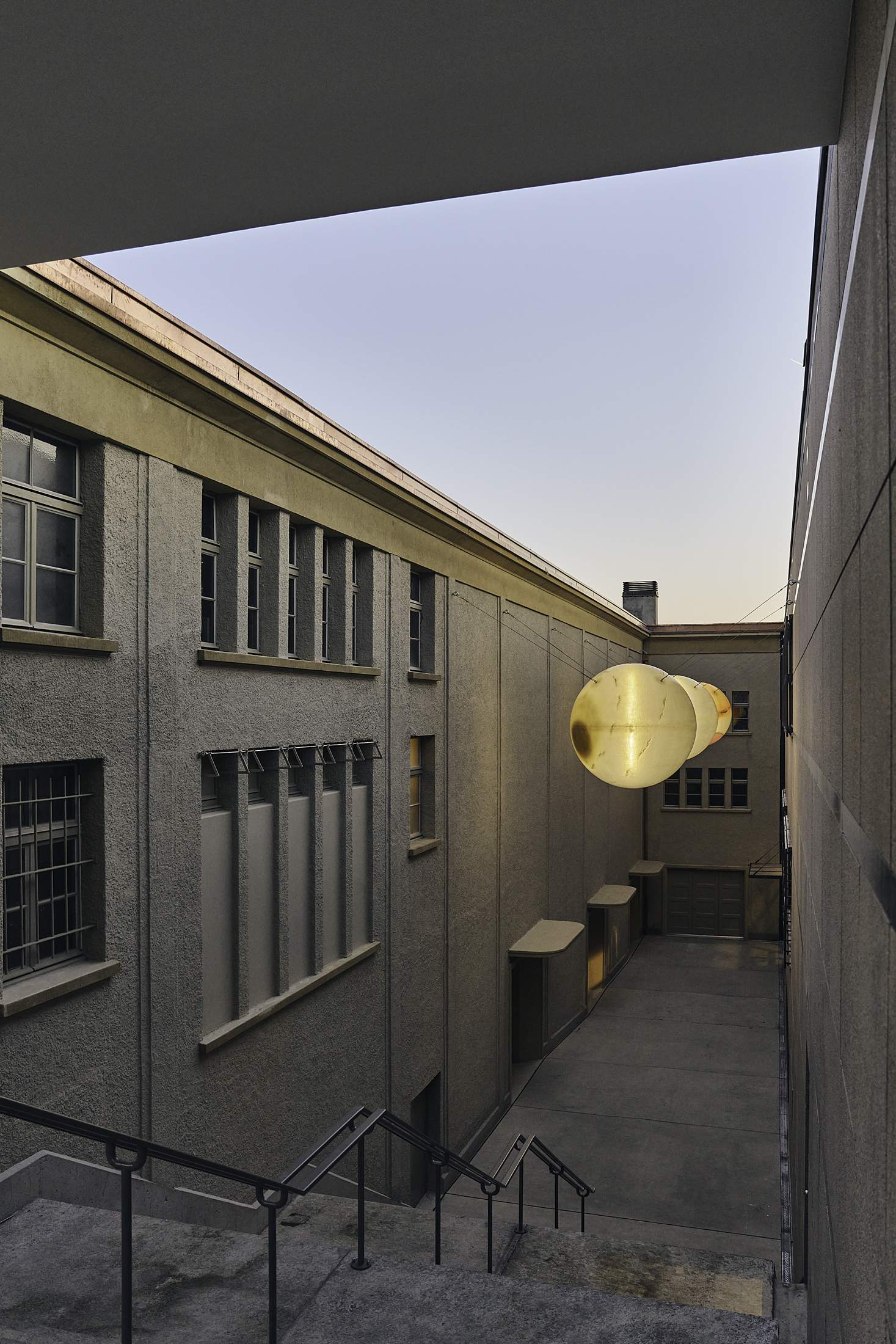
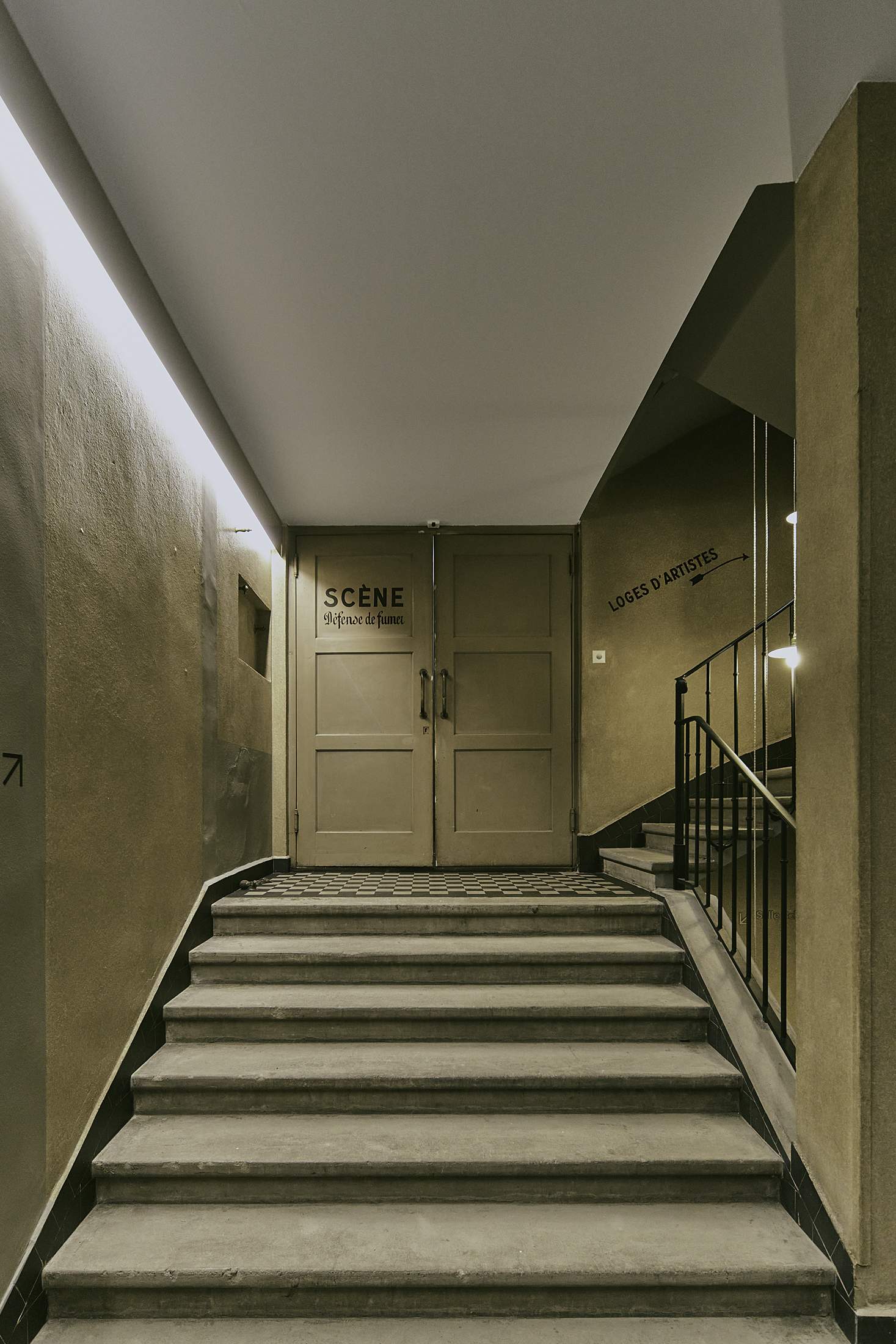
The Capitole was originally designed by Swiss architect Charles Thévenaz and inaugurated in 1928, towards the tail end of the silent-film era. At the time, it featured a glitzy melange of gilded marble columns and pink-velvet sofas. Between the 1930s and 1940s, however, it developed into a more versatile ciné-concert and conference venue, incorporating an orchestra pit, organ and dressing rooms. These features broadened the scope of the Capitole’s offering and the venue welcomed the likes of Russian ballet dancer Anna Pavlova and Geneva’s Orchestre de la Suisse Romande for performances. In 1946, Jean-Paul Sartre declared his existentialist manifesto inside the cinema’s packed auditorium. Then, in 1953, Switzerland’s first panoramic screen was installed here.
In 1959, architect Gérald Pauchard was brought in to update the Capitole’s architecture, partly in a bid to lure audiences back to the big screen as domestic television sets soared in popularity. Pauchard made several significant decorative alterations: he emblazoned the cinema’s name in neon on the façade, for example, and introduced red upholstery, fabric-lined ochre walls and Murano-glass lighting fixtures.
Fast-forward to the cinema’s third renovation, which began in 2021. Zahnd’s team restored the evocative art deco features with Schnegg in mind. Every intricate 1950s chandelier was painstakingly cleaned to eliminate ancient stains caused by cigarette smoke. When the panoramic screen was removed, Zahnd found a frayed sample of the original 1950s blue-grey carpet, allowing her to replicate its precise shade. The new corrugated-aluminium walls in the foyer imitate the folds of the velvet screen curtains that Pauchard installed in the grand auditorium.
“We wanted to preserve the texture of the velvet as much as possible. Velvet is synonymous with the opulence of art deco cinema”
The screening room, which was luxuriously lined with crimson velvet in 1959 to improve its acoustics, has been left untouched. “Removing it all would have spoilt its lustre, so we brought in a consortium of textile restorers to maintain the humidity of the auditorium during the works,” says Zahnd. “We wanted to preserve the texture as much as possible because velvet is synonymous with the opulence of art deco cinema. Heritage and art form had to cohabit.” A media library belonging to the Cinémathèque Suisse replaces what was once the building’s barbershop, while a specialist bookshop and a café-cum-bar have also been added.
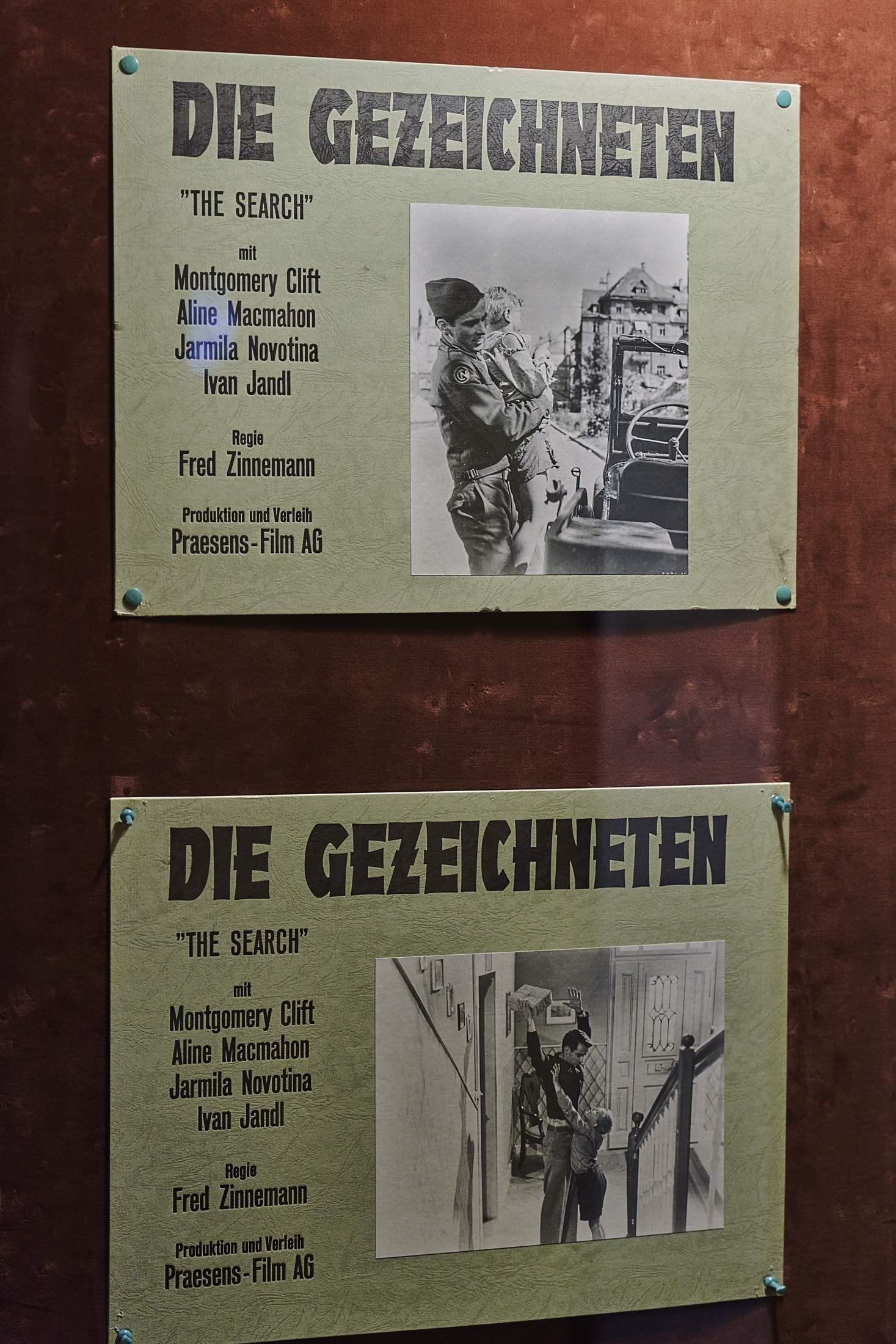
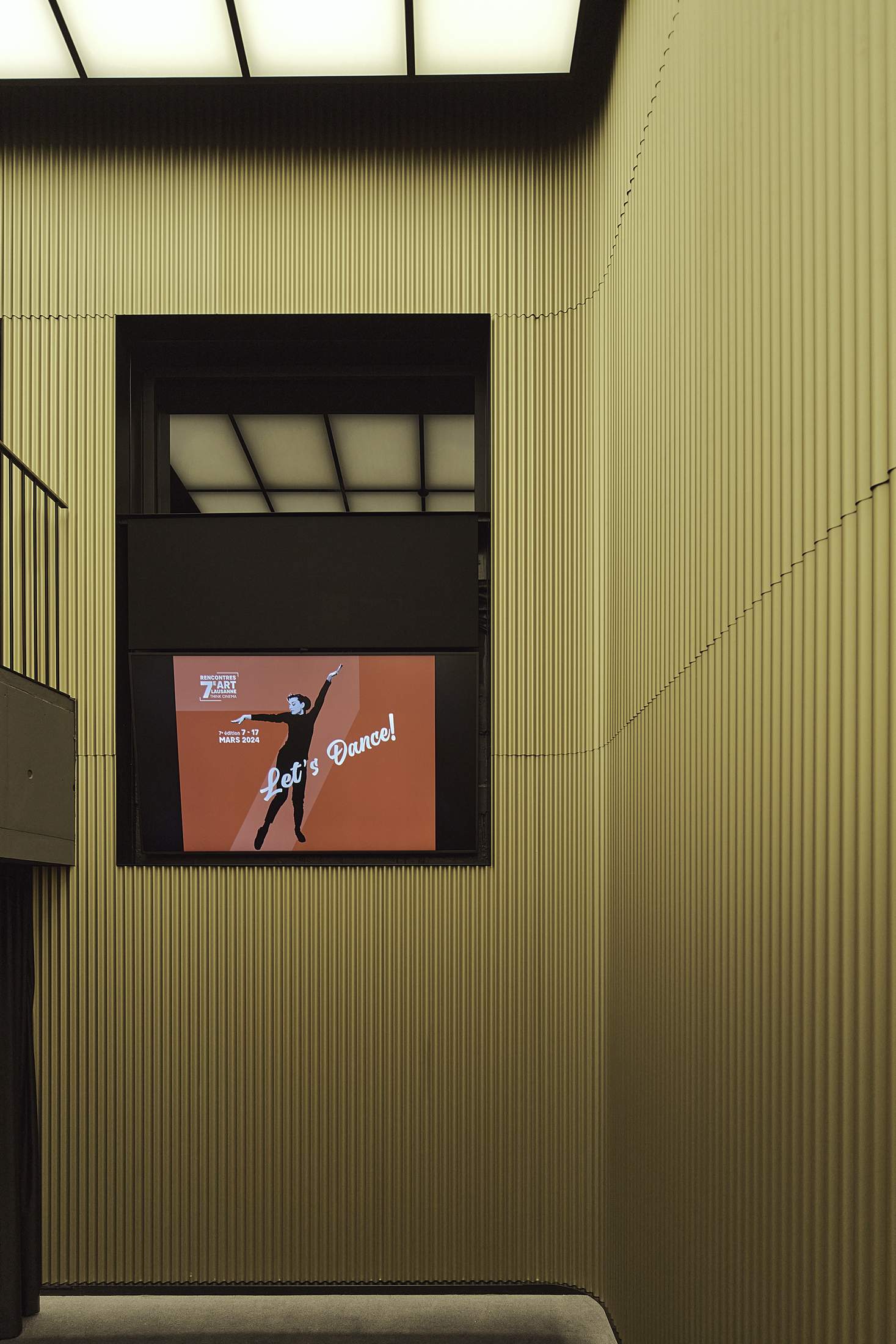

The restoration, which draws deeply on Switzerland’s artistic, architectural and technical capabilities, is evidence that the country’s appetite for the silver screen remains healthy. “There has been a noticeable shift in the way in which we consume movies,” says Christophe Bolli, the Cinémathèque Suisse’s communications director. “But in this country we have also seen an increased demand for our heritage pictures, many of which are found exclusively in our film library.”
Though Schnegg passed away before she could witness the renewed splendour of her beloved picture house, the new screen honours both her name and her legacy as a champion of the art form’s timelessness and power to entertain. “The magnificence of the Capitole’s interior helps to re-establish Schnegg’s idea that a trip to the cinema should be a celebratory experience,” says Bolli. “I like to think that she would have been satisfied with the job that we have done here.”
cinematheque.ch


